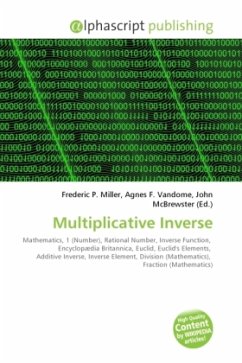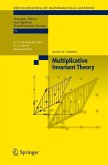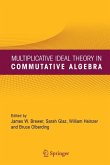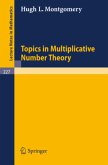In mathematics, a multiplicative inverse or reciprocal for a number x, denoted by 1 x or x 1, is a number which when multiplied by x yields the multiplicative identity, 1. The multiplicative inverse of a fraction a b is b a. For the multiplicative inverse of a real number, divide 1 by the number. For example, the reciprocal of 5 is one fifth (1 5 or 0.2), and the reciprocal of 0.25 is 1 divided by 0.25, or 4. The reciprocal function, the function (x) that maps x to 1 x, is one of the simplest examples of a function which is self-inverse. The term reciprocal was in common use at least as far back as the third edition of Encyclopaedia Britannica (1797) to describe two numbers whose product is 1; geometrical quantities in inverse proportion are described as reciprocall in a 1570 translation of Euclid's Elements. In the phrase multiplicative inverse, the qualifier multiplicative is often omitted and then tacitly understood (in contrast to the additive inverse). Multiplicative inverses can be defined over many mathematical domains as well as numbers. In these cases it can happen that ab ba; then "inverse" typically implies that an element is both a left and right inverse.
Bitte wählen Sie Ihr Anliegen aus.
Rechnungen
Retourenschein anfordern
Bestellstatus
Storno








